MALDEF in History
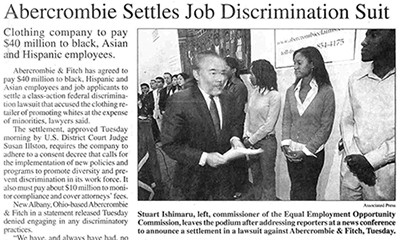
CIVIL RIGHTS ORGANIZATIONS CHALLENGED ABERCROMBIE & FITCH’S UNLAWFUL HIRING TACTICS ON BEHALF OF LATINO, BLACK AND ASIAN AMERICAN YOUTH
In the 1990s and the early 2000s, retailer Abercrombie & Fitch, was the hottest place for young people to shop and work. Ubiquitous in malls throughout the U.S., A&F presented a casual “all-American” look that felt exclusive. But that exclusivity was built on an all-white image that left Latinos, Blacks and Asian Americans out of its workforce.
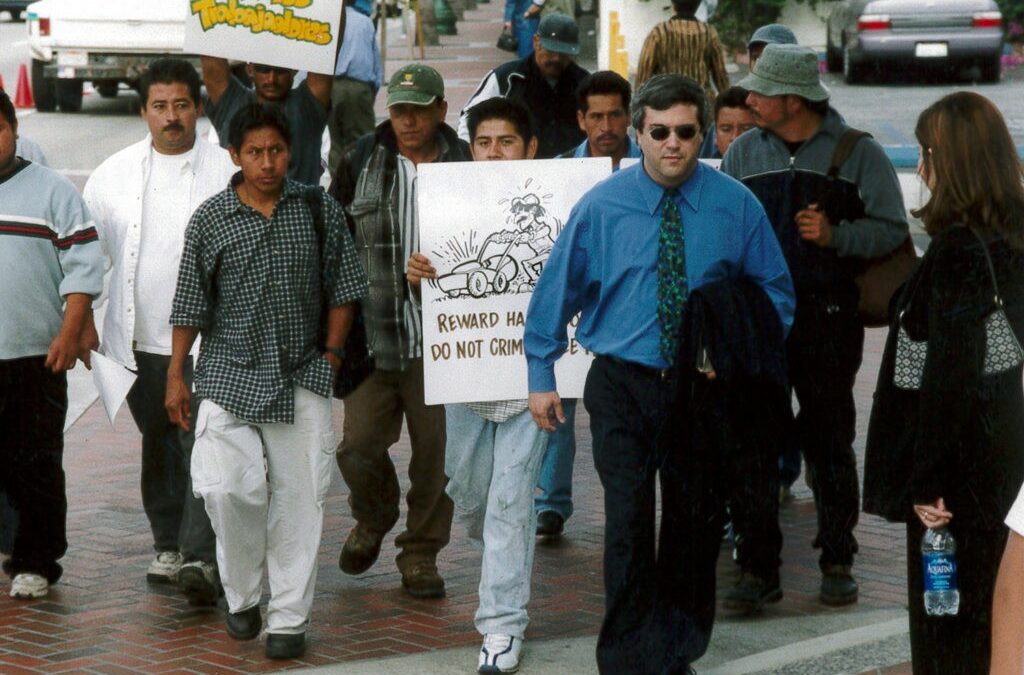
The Legal Fight to Protect The First Amendment Right of Day Laborers
Workers who are hired by the day have long been part of the American labor force. In the 19th Century, they were immigrants from Ireland, Italy, Germany, and Poland. Later, immigrants from the American South, Black and white, were a native-born stream flowing into this pool of labor. But, for decades the clusters of men seeking work outside home repair stores or gathered on street corners in Southern California have been largely from Mexico and Central America.
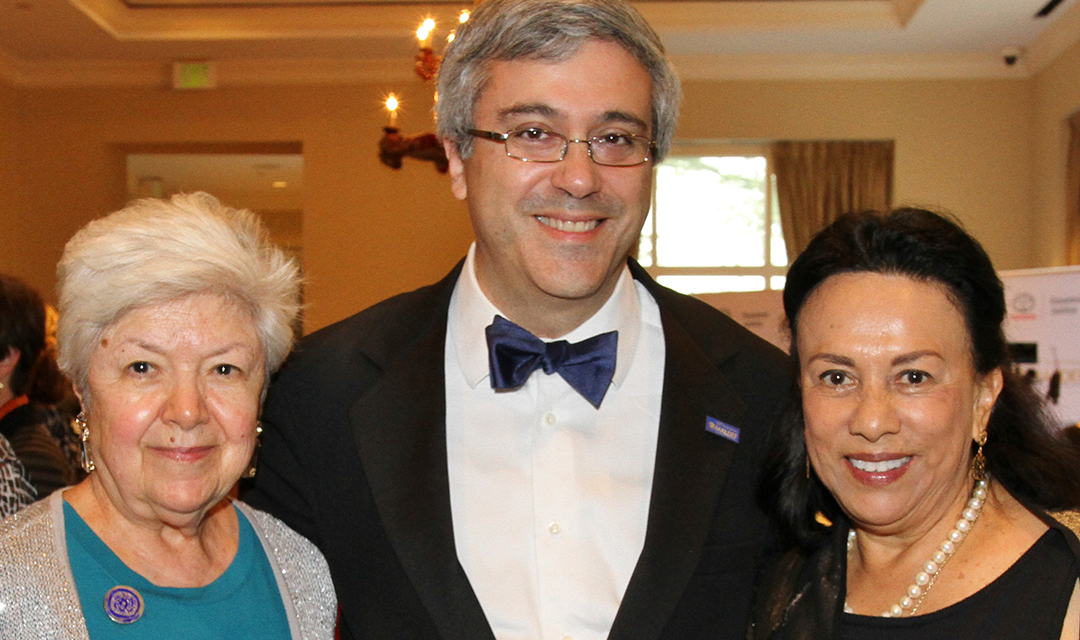
Celebrating a History of Women Leaders at MALDEF
Ambassador Vilma Martinez (left) Thomas A. Saenz (center) and Antonia Hernández (right).
(Photo taken at MALDEF’s 50th Anniversary Gala in San Antonio, Texas.)
As we near the conclusion of Women’s History Month, MALDEF celebrates its organizational history of women in leadership. For the majority of its existence since 1968, MALDEF has been led by women as president and general counsel. Women’s rights organizations aside, MALDEF may be the only national civil rights organization that can make that claim. We spoke with two of these women leaders, women relied upon by MALDEF through their many years of leadership and all the way up to today. MALDEF’s current president and general counsel, Thomas A. Saenz, has benefitted from both these leaders as professional mentors throughout his legal career.
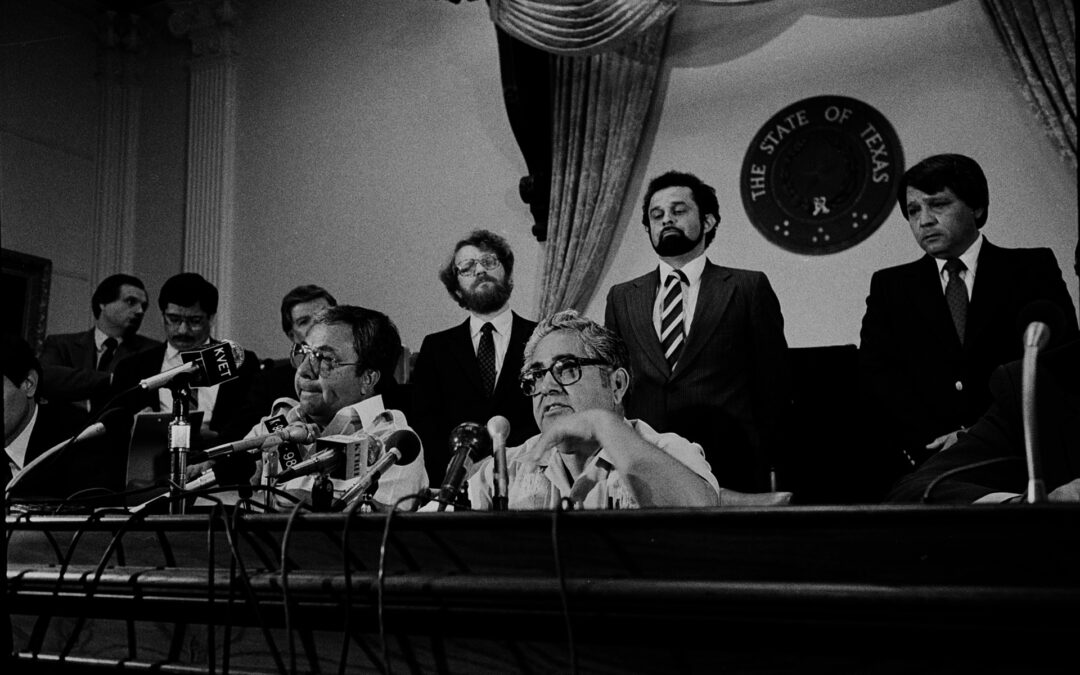
MALDEF’S Landmark Fight for Education Equality in Texas
For years, low-income students in San Antonio were relegated to decrepit schools infested with bats—yes, bats—where tiles fell from classroom ceilings and underpaid teachers fled as soon as they could get hired elsewhere. These schools lacked funding for classes wealthier districts took for granted such, as art and music. Basics such as math and reading in these schools were just that – extremely basic.
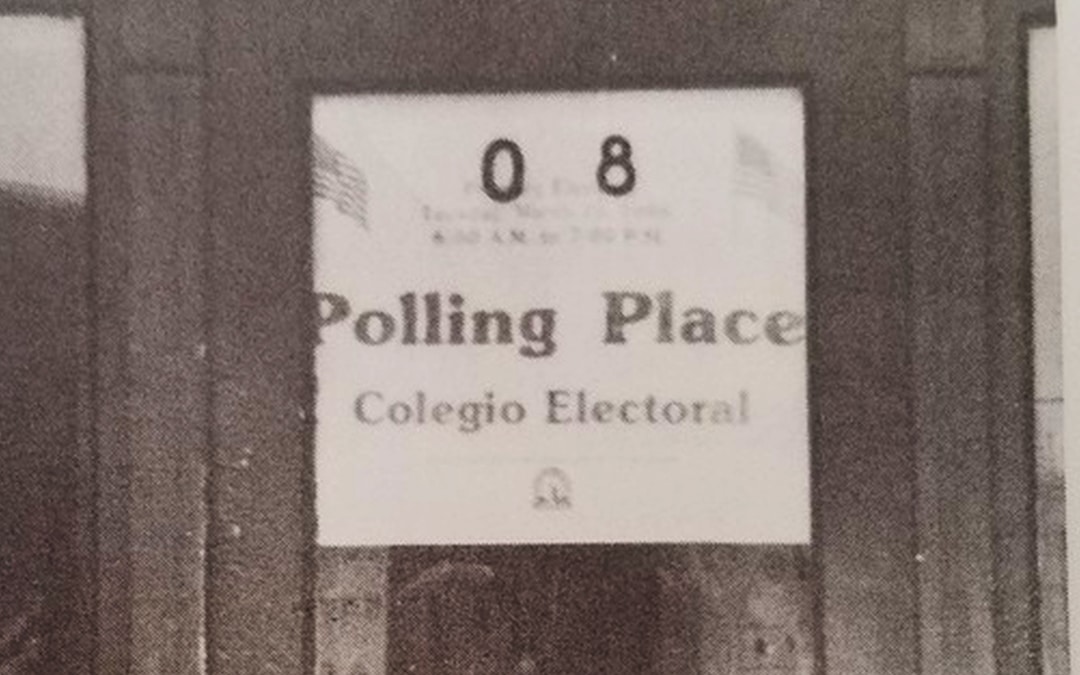
MALDEF Successfully Pushed to Expand the Voting Rights Act to Language Minorities
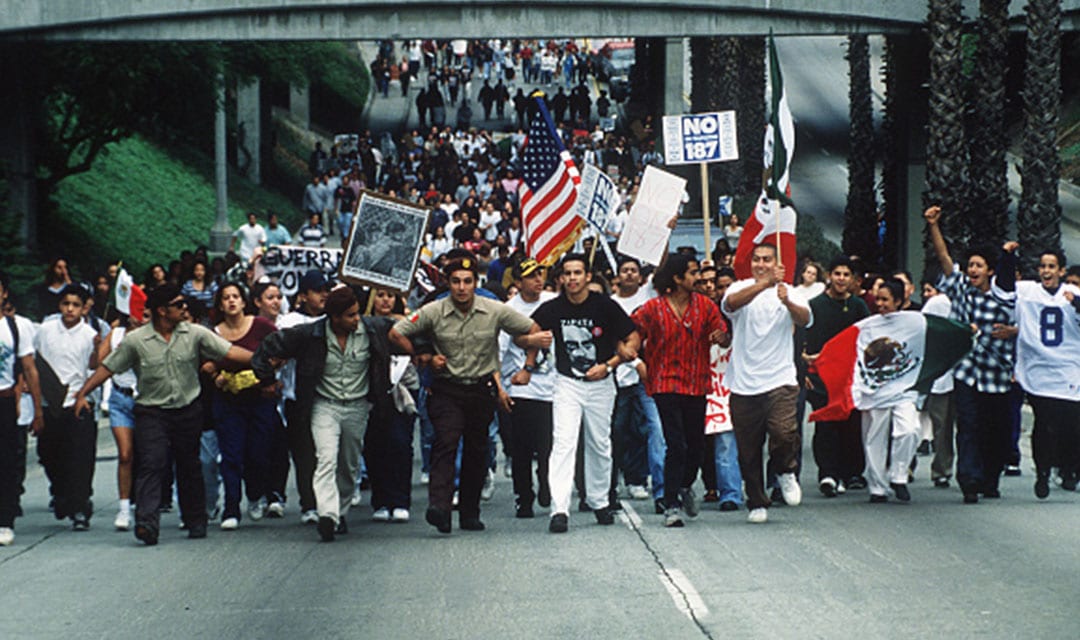
Proposition 187: The Granddaddy of Anti-Immigrant Measures
State laws attempting to regulate immigration became all the rage in several states across the last decade, but the grandfather of them all was California’s Proposition 187. Voters passed the measure in 1994 after a campaign that bitterly divided residents and was championed by then-Governor Pete Wilson and the state Republican Party.

MALDEF Lawsuit Created First Latino-Majority Seat on Los Angeles County Board of Supervisors
For years, the white men who always managed to win election to the Los Angeles County Board of Supervisors were called the “Five Little Kings.” Even as the Latino population continued to grow, the revolving door of white supervisors continued the same as it had since the current county boundaries were drawn in 1885.

LUNA V. COUNTY OF KERN: MALDEF AND LATINO VOTERS ACHIEVE LANDMARK VICTORY
California’s Kern County has used a rigged political system to exploit Latinos for decades. That corrupt system did not skip a beat in 2011 when county supervisors adopted a discriminatory district map, diluting Latino voting strength to prevent them from gaining a second seat on the five-member board.
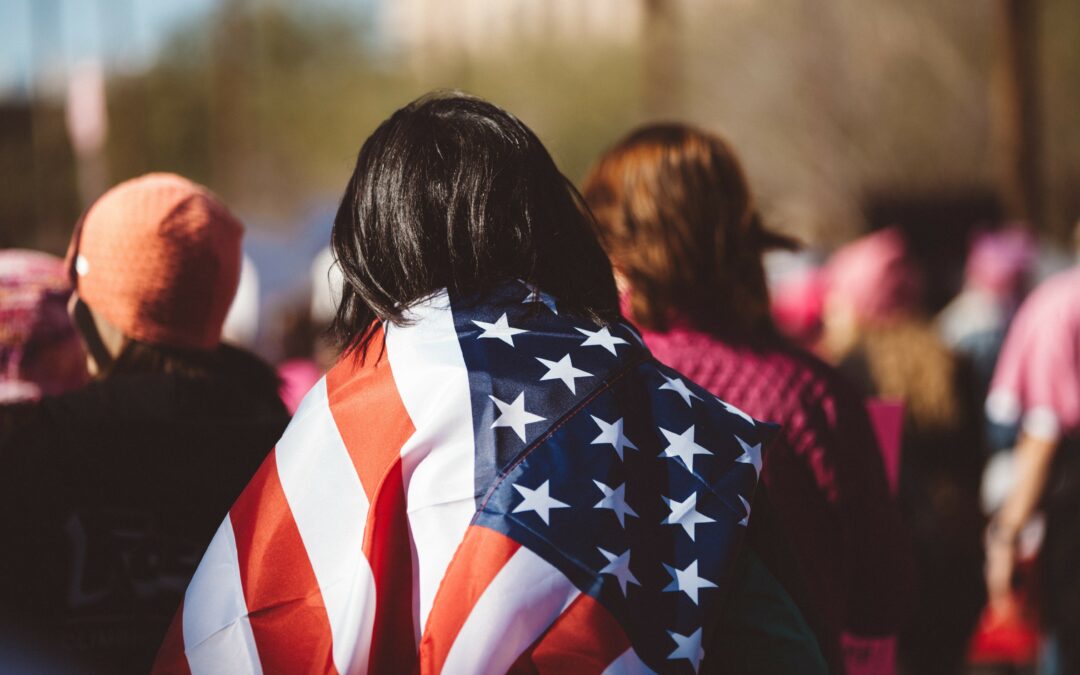
White v. Regester: MALDEF Case Helped Kill Off Mega-Voter Districts that Suppressed the Mexican American Vote
Texas is a big state, and it once used big electoral districts, with multiple elected members, as a big way to suppress the Latino vote. After the Civil War, Texas used a big bag of voter suppression laws, such as poll taxes and strict voter registration requirements, to suppress Latino voters and shut Mexican Americans out of the Texas House of Representatives. Between 1880 and 1970, one Mexican American was elected in 1890 and four others were elected between 1961 and 1970.
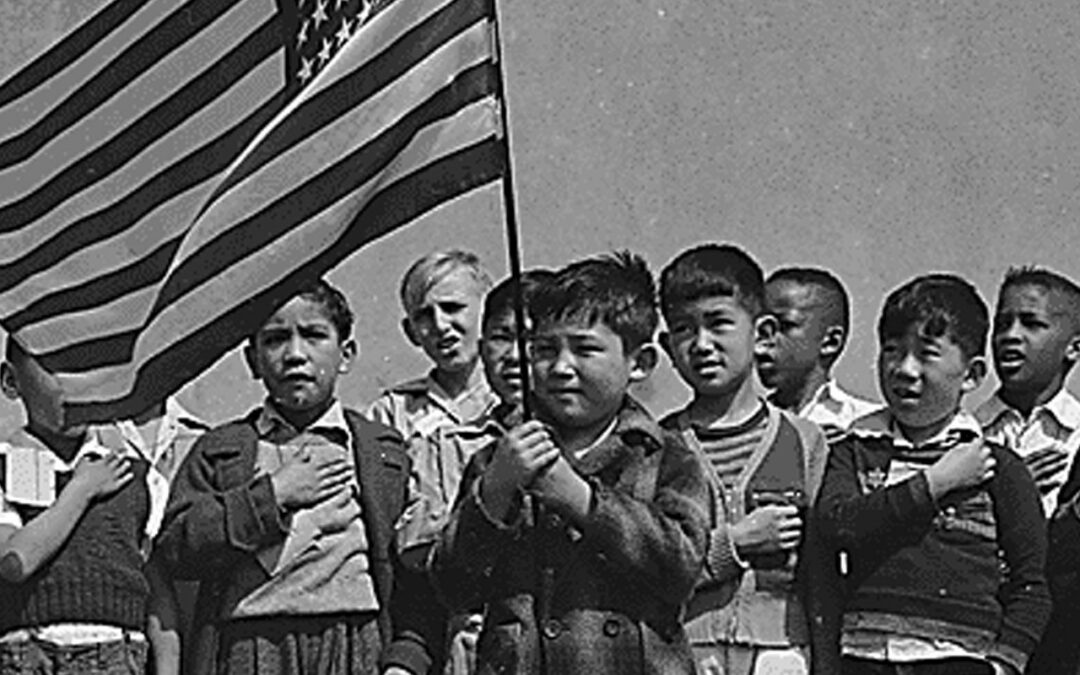
Plyler v. Doe
